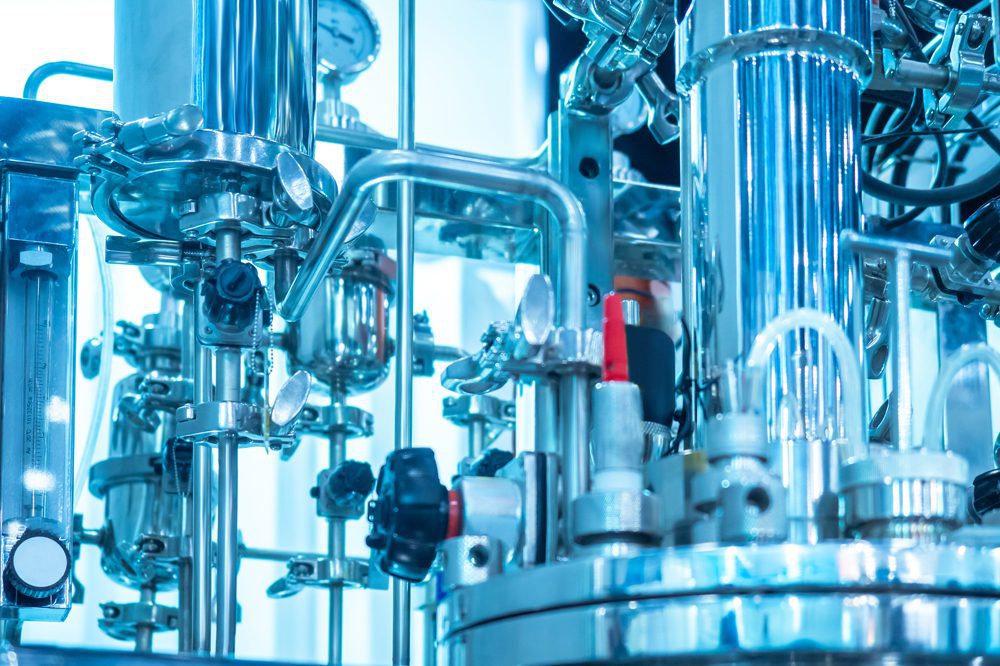With the rise of genomics and proteomics research, biotechnology instruments have advanced rapidly in recent years. High-throughput sequencing, microarray technologies, biosensors and lab automation tools have transformed how biomedical research is conducted. These instruments have enabled researchers to study biological systems in more comprehensive and precise ways than ever before.
Next-Generation Sequencing Ushers in a New Era of Genomics
Next-generation sequencing (NGS) technologies have revolutionized genomic research. Unlike Sanger sequencing that could sequence one DNA fragment at a time, NGS allows scientists to sequence millions of DNA fragments or an entire genome simultaneously in a massively parallel fashion. Instrument platforms from Illumina, Thermo Fisher and others use sequencing by synthesis approaches to determine the order of DNA bases efficiently and at a low cost. This has enabled the sequencing of thousands of human genomes, as well as genomes of numerous plant and animal species. NGS finds applications in genetic disease research, cancer genomics, microbiome analysis and more. Biotechnology Instruments are also being used in clinical settings for non-invasive prenatal testing and cancer profiling.
Microarrays Empowering Large-Scale Gene Expression Analysis
DNA microarray technology allows scientists to measure expression levels of thousands of genes simultaneously. It has become an important tool for discoveries in genetics, molecular biology, and pharmacology. Microarrays use fluorescently labeled DNA fragments attached to a solid surface in an ordered fashion. Researchers can compare the relative abundance of nucleic acid sequences between biological samples by measuring fluorescence intensities. This gives insights into differential gene expression patterns under different biological conditions or disease states. Technologies from Affymetrix, Agilent, and others have advanced microarray capabilities for high-resolution genomic studies.
Flow Cytometry For Cellular Phenotyping and Sorting
Flow cytometry instruments are widely applied in areas such as immunology, hematology and cancer research to study cells based on their physical and chemical characteristics. They use lasers to excite fluorophore-labeled antibodies bound to specific cell surface marker proteins. Detectors then measure the optical and fluorescence properties of individual cells as they flow in a fluid stream through the Biotechnology Instruments. This allows multiparameter analysis of thousands of cells within a sample based on cellular properties like size, granularity and marker expression levels. Advanced flow cytometers can also separate or sort targeted cell populations from heterogeneous mixtures using fluorescence-activated cell sorting.
Biosensors Detecting Biological Analytes
Biosensors that incorporate biological or biologically-derived materials play a key role in basic research, bioprocessing, biopharmaceutical production and clinical diagnostics. They transduce a biological response into a quantifiable signal through coupling biological recognition elements like enzymes, antibodies, nucleic acids, or whole cells with physicochemical transducers. This allows sensitive and rapid detection or quantification of analytes like proteins, DNA sequences, cells, pathogens, toxins and more. Applications range from biomolecular interaction analysis, clinical disease biomarker detection to food safety testing. Continuous technological advances are improving sensor sensitivity, multiplexing capability, portability and cost-effectiveness.
Automated Liquid Handling and Microfluidic Platforms
Automated liquid handling workstations are indispensable in life science research and clinical diagnostic labs for applications like high-throughput screening, sample preparation, multi-step assays and chemical/biological synthesis. Platforms from Tecan, Agilent, Beckman Coulter and others enable precise pipetting of small volumes, integration with microplates and sterile liquid transfers. Microfluidic devices that manipulate tiny fluid volumes at sub-millimeter scale are also becoming prevalent. They integrate multiple assay steps on a single chip to analyse small sample volumes, an advantage for applications like point-of-care disease testing. Automation and integration of fluidic steps boost productivity and reduce manual errors and reagent consumption in biotech applications.
Advanced Imaging Technologies Unlocking Cellular Insights
Imaging technologies provide detailed visualizations inside living cells and tissues. Confocal laser scanning microscopes acquire high-resolution optical sections from thick biological specimens. Super-resolution techniques like STORM and PALM overcome the diffraction limit to image individual molecules within cells. Electron microscopes like SEM and TEM depict ultrastructures at nanometer scales. Live cell imaging platforms capture dynamic biological processes non-invasively over time. When coupled with markers, these systems can track the movement and interaction of molecules, organelles and structures inside living cells. Advanced imaging is critical for understanding pathogenesis mechanisms and in drug discovery and development research. Systems from Nikon, Olympus, Zeiss and others have made cutting-edge imaging more accessible to life science researchers.
Biotechnology instruments have become highly sophisticated tools enabling researchers to interrogate biology in previously impossible ways. Advancements in genomic, proteomic and imaging technologies promise to revolutionise our fundamental understanding of molecular pathways and drive discovery of new therapeutic targets. Automation, miniaturization and multi-parametric analysis capabilities also improve research efficiency. It is thus evident these instruments will continue playing a vital role in transforming medicine and healthcare through their applications in basic discovery and translational research.
*Note:
1. Source: Coherent Market Insights, Public sources, Desk research
2. We have leveraged AI tools to mine information and compile it
About Author - Money Singh
Money Singh is a seasoned content writer with over four years of experience in the market research sector. Her expertise spans various industries, including food and beverages, biotechnology, chemicals and materials, defense and aerospace, consumer goods, etc. LinkedIn Profile



